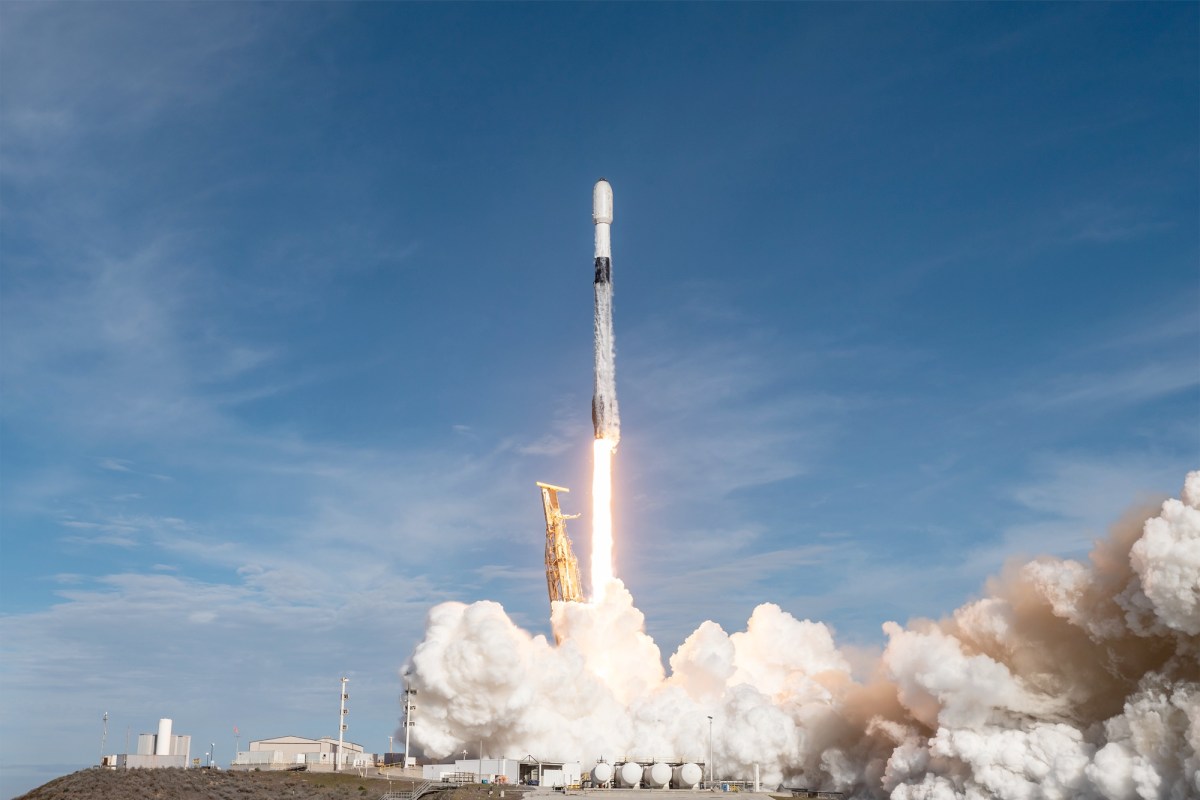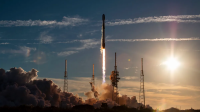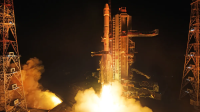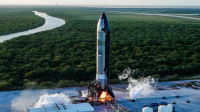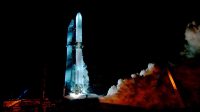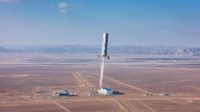SpaceX's rapidly increasing launch frequency from Vandenberg Space Force Base in California faces both opportunities and challenges, with an environmental impact study now underway to assess the feasibility of even more launches.
A Falcon 9 rocket lifted off from Vandenberg on December 28, marking the 47th orbital launch from the facility in 2024, a launch rate not seen since the 1960s. The number of launches at Vandenberg has surged in recent years, with SpaceX accounting for all but one of the facility's orbital launches in 2024, the exception being a Firefly Aerospace launch in July.
The Department of the Air Force announced on December 13 that it will conduct an environmental impact statement (EIS) to explore the potential expansion of SpaceX launches at Vandenberg. The study will focus on the redevelopment of Space Launch Complex (SLC) 6, which SpaceX gained access to in 2023, after United Launch Alliance's final Delta 4 launch from the site. The Air Force's plan would allow SpaceX to increase launch capacity by facilitating up to 100 launches annually between SLC-6 and the existing SLC-4 pad at Vandenberg.
“The Proposed Action is needed to meet current and near-term U.S. government space launch requirements,” the Air Force said in a notice, emphasizing that the increase is necessary for medium and heavy-lift launches. The environmental study, which includes two options with slight variations on the hangar facilities at SLC-6, will also evaluate the broader implications of booster landings at both Vandenberg sites.
Public hearings will be held between January 14-16 in Ventura, Santa Barbara, and Lompoc, California, with an online meeting scheduled for January 23. The comment period will run until January 27, and the final EIS is expected to be published in the fall. However, the expansion faces resistance, notably from the California Coastal Commission, which in October rejected a Space Force request to increase Falcon 9 launches from 36 to 50 annually.
The commission's rejection was partly symbolic, as it lacked the authority to block the increase. Nevertheless, some commissioners raised concerns about SpaceX's commercial focus, noting that many of the planned launches are for private, rather than government, purposes. Environmental groups and local residents have also expressed concerns about the environmental impact of an increasing number of launches, particularly the noise from sonic booms.
“There are growing concerns about the impact of launch noise on the routines and quality of life of residents in nearby communities,” said Rep. Salud Carbajal (D-Calif.), who represents the area. In response, the recent National Defense Authorization Act suggested the creation of a noise mitigation program for those affected by the growing launch cadence. The provision calls for the Defense Department to consider noise-reducing measures for buildings near launch sites.
While the environmental impact study will explore the potential expansion, the increasing launch cadence remains a contentious issue for local communities and environmental groups.

